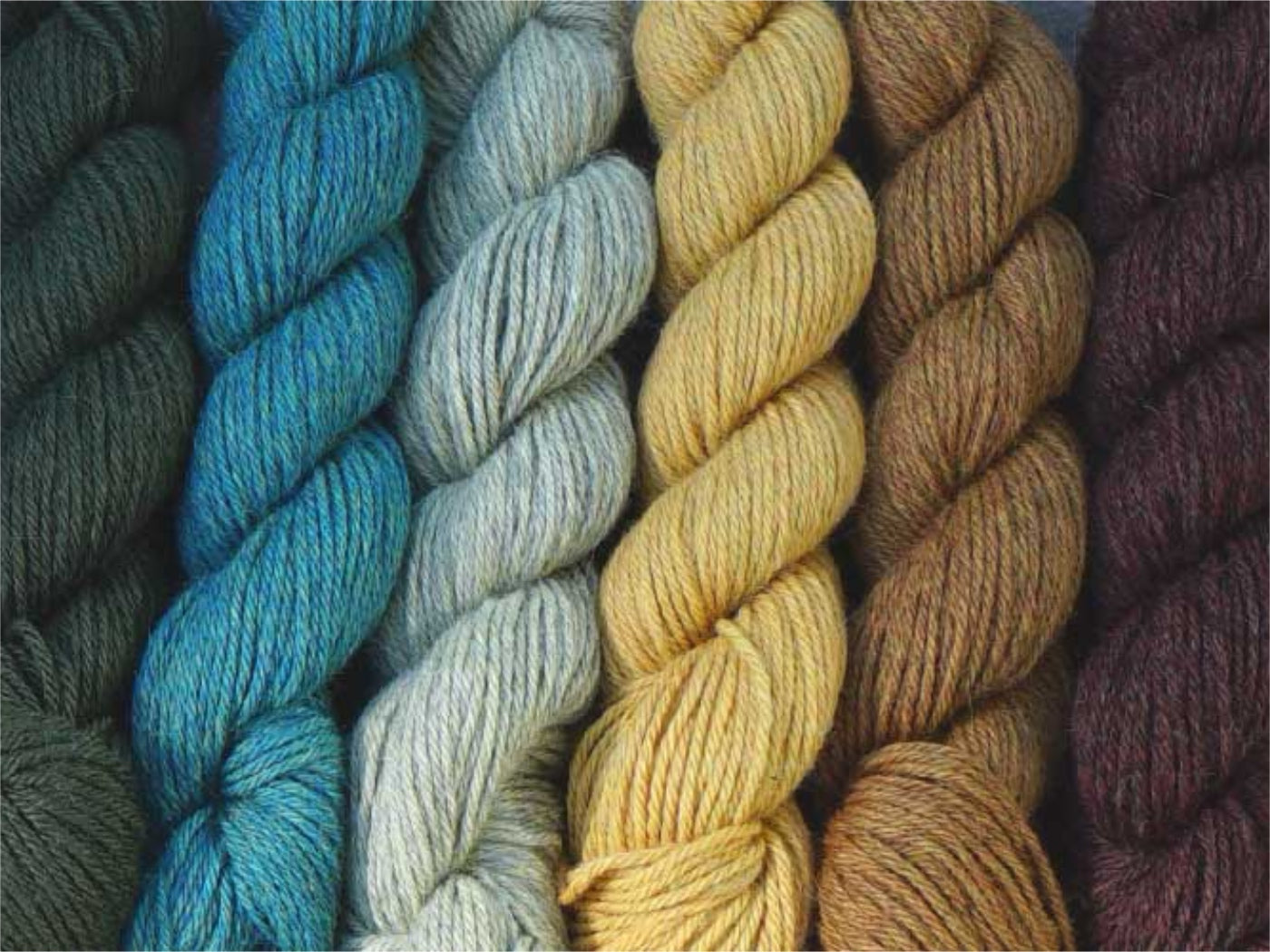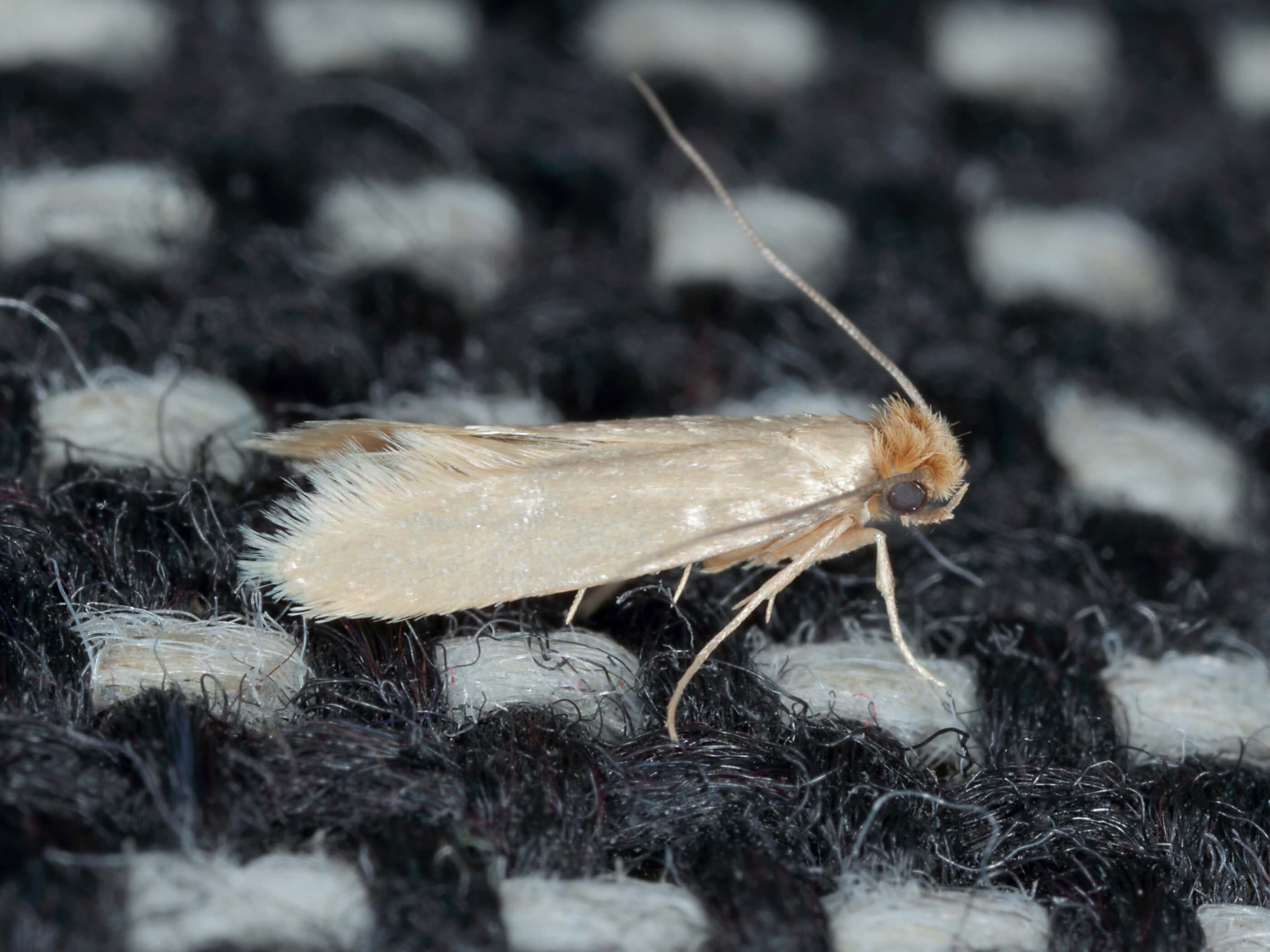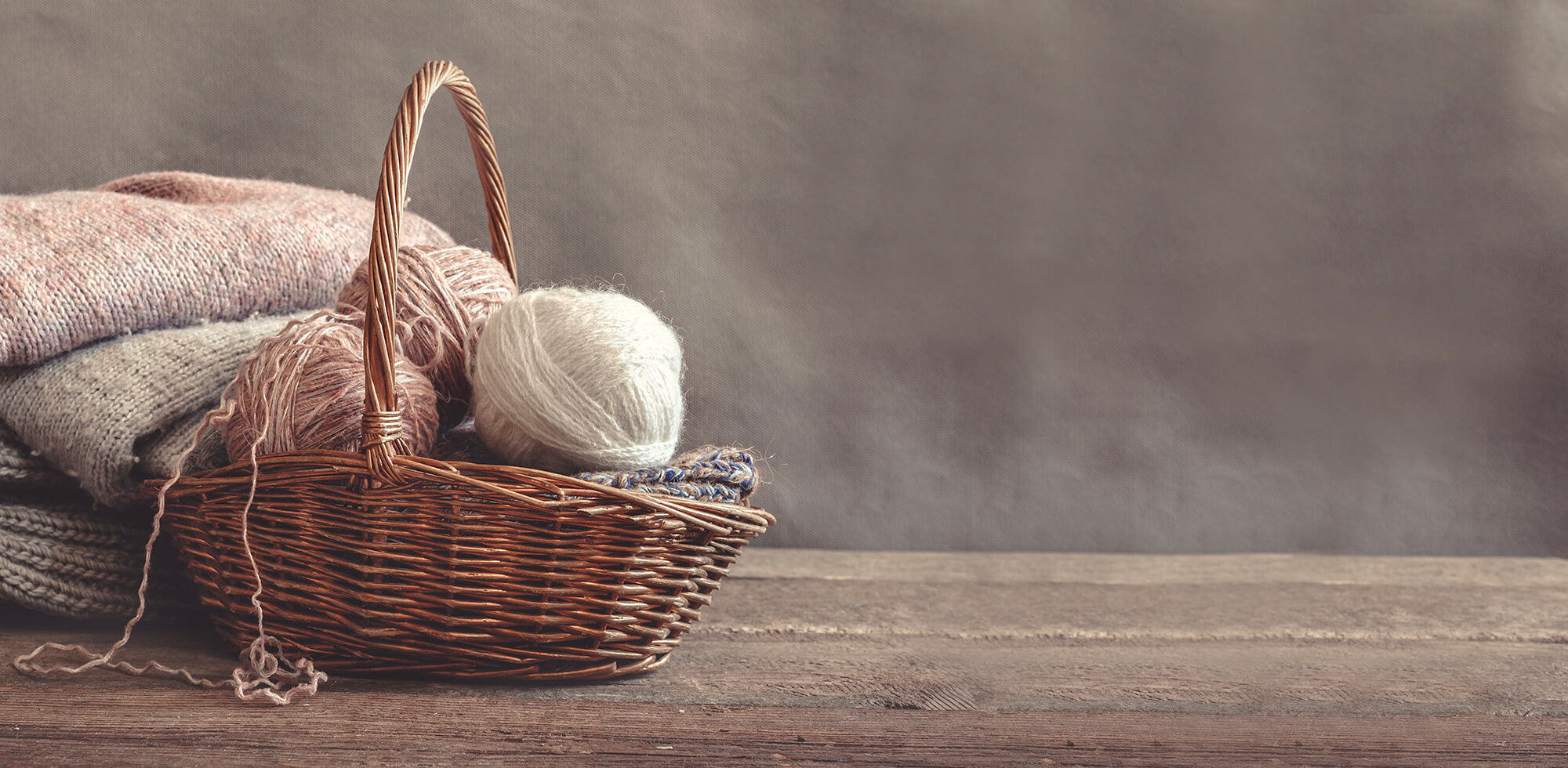By Pascuali
ANKESTRiCK has been a key figure in German knitwear design for years. Her designs are clear, timelessly beautiful and often cleverly constructed. Almost all of Anke´s patterns are seamlessly knitted in one piece. All of them are very easy to knit because the patterns are well thought out and very straightforward.
When we released our Manada yarn, Anke was immediately on board with two designs: the REI cardigan and pullover - both of which follow her unmistakable design signature.
We are very happy to welcome Anke to this interview. Here, she chats with us about her design role models, her sources of inspiration and of course about our Manada and Tibetan yarns.
So nice to have you with us Anke! Thank you for taking the time to answer a few questions!
First of all, an obvious question: How did you come up with your "brand" ANKESTRiCK? And what about the lower case "i" in the middle of the capital letters?
I thought I would be particularly smart because you can read the word ANKESTRiCK in capital letters as Anke Strick, but also as Anke's trick. But so far nobody has read it as an Anke's trick :)
The lower case “I” creates a "logo" in every font and is intended to illustrate the trick, the icing on the cake, so to speak, in relation to the designs. I also write the names of my patterns in capital letters with a lower case “I”, if it occurs. For example, REi. It´s a brand identifier.
Please tell us how you became interested in knitting and who taught you.
To be honest, I don't know anymore. As far as I recall, I`ve always been able to do it, just like eating or breathing. There were crocheted potholders at school and my mother and aunts knitted a lot. I guess I just 'picked it up' on the side. Then I went through some high phases of knitting. At school underneath my desk (allowed for during some lessons, not allowed in others) ... while studying art ... then not knitting for a long time.
Do you remember what your first finished piece of knitting was?
No, unfortunately not... Back then, I was more concerned with knitting than with the finished piece. I sometimes find old pictures where I am wearing things I have knitted myself.
Do you remember your very first design and would you like to tell us how you became a knitting designer?
Back then, I never knitted according to the pattern. I always just knitted sweaters or cardigans. The word stitch meant nothing to me, and I would never have called these things my own designs. But I always had a plan!
You used to knit in parts that were sewn together at the end. Knitting was fun, but because I'm not good at sewing, it usually ended up looking kind of weird.
When I came across Ravelry after a long break from knitting and discovered the possibilities of seamless knitting from top to bottom, I started reading everything about raglan and learned from blog sites how to calculate sizes. I found it incredibly exciting. My first pattern was a hooded raglan sweater and I published it simply because it worked and there were a lot of people interested in it. This mix of my passion to learn more and more and the interest of others in my things kept me going. A few years later, I realized that I was now a knitting designer. Crazy! It is the most beautiful job in the world. I am incredibly grateful for it.
Developing a design and writing patterns is very time-consuming. Do you have a team around you to support you, or do you do everything by yourself?
I develop the designs and write the patterns myself. I knit everything myself and first write all the patterns in English. Then comes the test knitting phase; without the test knitters I would be lost. The testers are the greatest help, not only for the patterns themselves. I keep learning about fitting patterns to different sizes and often give input on how to adapt a pattern to a specific body shape. In the phase after that, I have great help from Imke Himstedt, who looks after my group on Ravelry and is the most patient and detailed person to answer questions! Uschi Stanek then translates the patterns into German. Really great! We get a lot of compliments for the translations.
The majority of your designs are sweaters and cardigans. Is there a special reason why this passion came about?
It's super easy ... I knit what I want to wear myself. Since I hardly ever wear hats or scarves, I have few ideas for accessories. Unless, of course, I need one right away. I'm also interested in "3D knitting", as I call it. So, for example, how to shape a well-fitting shoulder out of one piece without a seam!
You have already published a good 100 manuals - a remarkable achievement. Can you describe your design process? Where do you get your inspiration from?
I find that process and inspiration are closely linked.
The REi designs are numbers 101/102 patterns. That´s how many patterns I have designed in 11 years. So, I'm one of the slower designers because I often work on a design for a long time. And I could talk about it for hours :)
Inspiration for each always seems to be different, but over the years I recognize two main impulses that make me start designing:
What inspires me most is the construction of a seamless piece. And the construction then determines the design, conceptually and formally. Take the Naima cardigan, for example, which has a raglan construction. The raglan increases are knitted with slipstitches, which result in an eyelet pattern that makes the construction visible and at the same time determines the design. I then also implemented the concept in the button band, which consists of the same eyelet pattern, parallel to the buttonholes, which means you can button the jacket as you like without having to worry about buttonhole spacing. The eyelet pattern is therefore not a decoration, but rather the other way around, the visible construction and / or function is the design. I am seldom interested in purely decorative knitting.
On the other hand, I can't sew and so I have to convert things that I like into knitted fabrics ... They don't always have to be tops. I fell in love with a skirt by Dries van Noten, for example, then converted this skirt into a sweater; a challenge I really enjoyed.
Both interests are also found in the REi designs. Here the design concept arose from the yarn Manada, which, simply knitted, results in a beautiful, semi-transparent, super-light fabric. Its lightness becomes even more visible in contrast to the double-stranded, opaque stripes, which at the same time make the construction visible and provide the necessary stability. The asymmetrical fronts of the cardigan reveal what would otherwise be taken for granted and are my way of honouring the great fashion designer Rei Kawakubo (Comme des Garçons), who, as a designer, asks questions instead of answering them. So great!
And, of course, I am also inspired by other knitting designers, such as Midiro Hirose, Marceline Smith or Fatimah Hinds, from whom I have knitted some of my favourite pieces of clothing.

Do you have special yarn preferences? What makes a yarn the perfect yarn for you?
I think colour is my main guide. My absolute favourite colour is an off-white, a white with a warm shade of grey. If a yarn hits this note, I almost don't care about the quality. But of course, the more natural, sustainable and without harming humans or animals the better ...
You were one of the first to whom we made our new Tibetan and Manada yarns available. How would you describe the yarns? What was your spontaneous first impression?
I always pay for my wool and would like to thank you for accepting my suggestion to provide the yarn to one of the testers instead, and of course for the generous discount!
I first saw both yarns via facetime with ChrisBerlin and was immediately impressed. Manada looked like a mohair yarn, but with more volume. And that's how it was when I had it in my hands and on the needles. It's just softer than expected! And the colours! .... the White!!!!
With the Tibetan I found the twist in the picture great and immediately thought that it would give a great knitting structure. I never thought it was so soft to knit with; it feels like butter. I am totally thrilled with it! And of course, the colours are wonderful!
What can your fans look forward to next?
I'm really looking forward to the cardigan I´m knitting with Tibetan, which is almost finished, and of course I hope that other knitters will also be enthusiastic about it :)
And finally, a question outside of the knitting world: What do you do when you are not knitting?
I think the question is meant differently, but what concerns me totally, and has shaken my "white" worldview so fundamentally as I would not have thought possible in my mid-50s, is the discussion of racism in the knitting community, which started over 2 years ago. Since then I have been trying to educate myself and work on 2 guiding principles that were and are particularly memorable to me:
1. When a door opens for you, try to take at least one person who is more marginalized than you through (Aja Barber)
2. An architect answers with houses, a farmer answers with potatoes. (Arno Brandlhuber)
A knit designer replies with knitwear ... By that, I mean that everyone can do something in his / her area!




